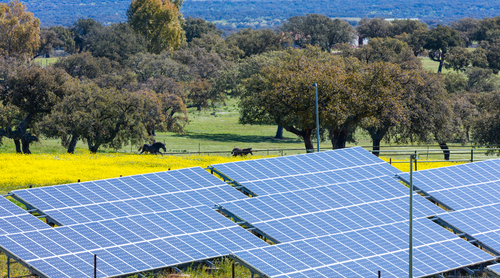Indiana Michigan Power filings include four new Indiana-based solar power plants, renewable surge

The latest filings from Indiana Michigan Power (I&M) to state authorities revealed plans for four solar power plants by mid-2026 and hundreds of megawatts (MW) of new renewable energy deployments overall.
As part of the company’s Powering the Next Tomorrow Integrated Resource Plan (IRP), submitted to regulators in Michigan and Indiana, the four solar power plants will all be based in Indiana, including Lake Trout (245 MW), Mayapple (224 MW), Sculpin (180 MW) and Elkhart County (100 MW). Combined, they will offer a generation capacity of 749 megawatts. On top of these, I&M will seek new proposals for a mix of wind, solar, battery storage, and natural gas sources to generate power and diversify its portfolio by December 2027.
“I&M is taking these major strides in transitioning to cleaner, more diverse energy sources to best serve our customers, the environment, and the economies of the communities we serve,” I&M President and COO Steve Baker said. “These steps are the result of exhaustive studies and a stakeholder process that included input from advocates for customers, communities, the environment and more. Importantly, they are also consistent with the energy policies of both states we serve.”
The solar portion of these efforts will help replace the coal-fueled units being phased out of I&M’s Rockport, Ind., generation plant. That plant is scheduled for retirement by the end of 2028. I&M added that diversity in its energy supply should also help weather any changes in regulatory policies and energy price volatility.
These facilities were chosen from 32 proposals submitted during a competitive request for proposals process undertaken last year and could be in service by the end of 2027, depending on approvals. On March 31, 2023, I&M launched a new RFP seeking additional energy sources, including approximately 800 MW of wind, 850 MW of solar, 315 MW of battery storage, 540 MW of natural gas (peaking), and the potential for energy from other emerging technologies and resources.
Detailed plans were provided to both the Indiana Utility Regulatory Commission and Michigan Public Service Commission.
